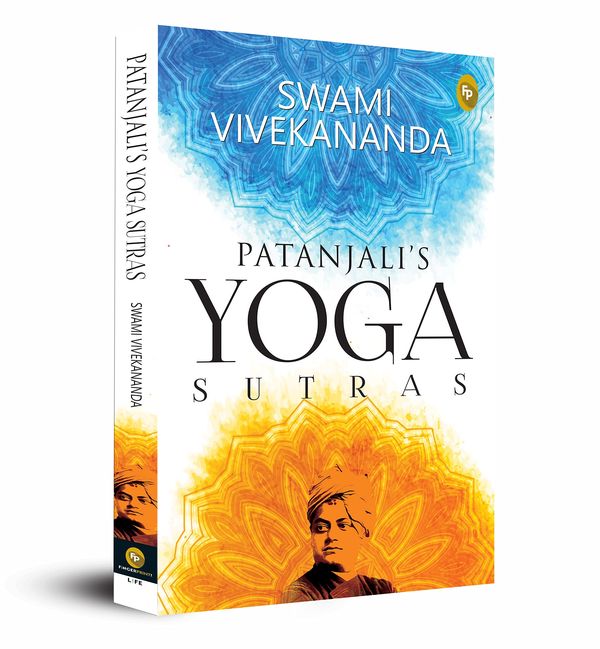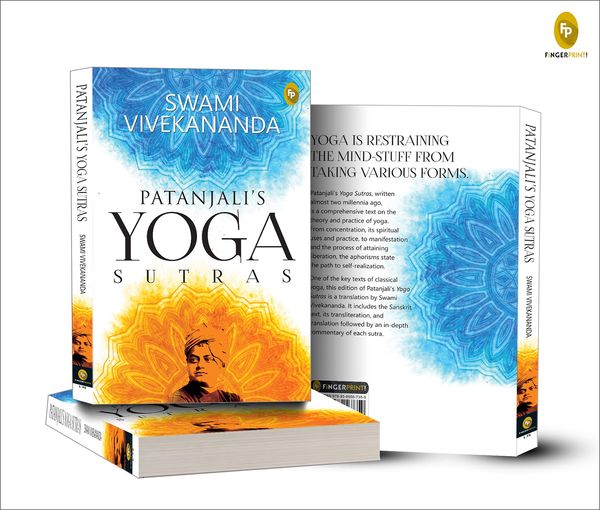YOGA IS RESTRAINING THE MIND-STUFF FROM TAKING VARIOUS FORMS.
Patanjali’s Yoga Sutras, written almost two millennia ago, is a comprehensive text on the theory and practice of yoga. From concentration, its spiritual uses and practice, to manifestation and the process of attaining liberation, the aphorisms state the path to self-realization.
One of the key texts of classical yoga, this edition of Patanjali’s Yoga Sutras is a translation by Swami Vivekananda. It includes the Sanskrit text, its transliteration, and translation followed by an in-depth commentary of each sutra.
About the Author
Born Narendranath Datta (1863-1902) in Calcutta, capital of British India, Swami Vivekananda belonged to a traditional aristocratic Bengali Kayastha family. Spiritual from an early age, Vivekananda was fascinated by wandering monks and used to practise meditation. He met Ramakrishna in around 1882. It came about as a life-changing experience for him and he eventually became his notable disciple. After Ramakrishna’s death, Vivekananda, along with other disciples, set up the Ramakrishna Math at Baranagar. In December 1886, they all took monastic vows. It was then that he took the name ‘Swami Vivekananda’.
He played a major role in introducing yoga and the Vedanta philosophies to the West. It is because of him that Hinduism gained the status of a major world religion. His birthday is observed as the National Youth Day in India and the day he delivered his famous speech at the Parliament of World Religions, September 11, is commemorated as the World Brotherhood Day.
- Weight : 200
- Breadth : 12.6
- Length : 19.6
- Height : 1.4






